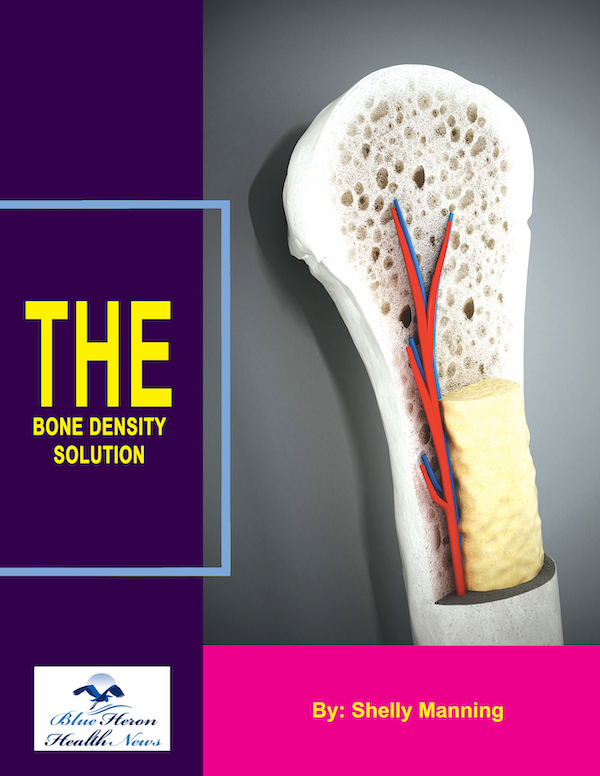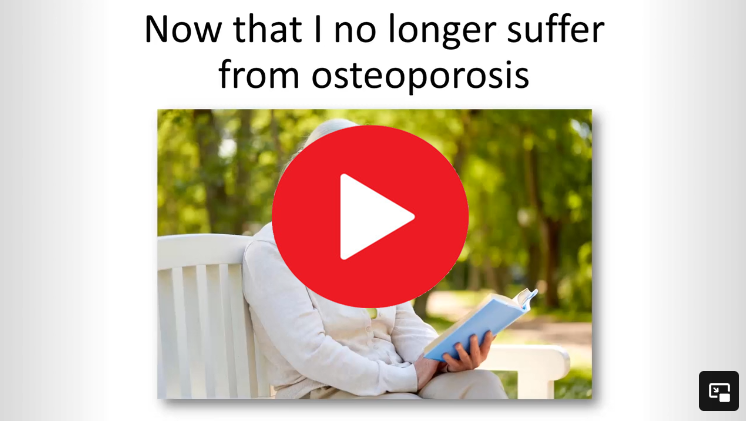
The Bone Density Solution by Shelly ManningThe program is all about healthy food and healthy habits. As we discussed earlier, we develop osteoporosis due to low bone density. Therefore, you will have to choose the right food to help your calcium and other vitamin deficiencies. In addition to healthy food, you will have to regularly practice some mild exercises. Your doctor might offer you the same suggestion. However, the difference is that The Bone Density Solution will help you with an in-depth guide.
The Role of Body Weight in Bone Density
Body weight plays a significant role in bone density, influencing both the risk of osteoporosis and fractures. The relationship between body weight and bone health is complex, with both low and high body weights having distinct effects on bone density. Here’s an overview of how body weight impacts bone density:
1. Low Body Weight and Bone Density
- Risk of Osteoporosis: Individuals with low body weight (typically defined as a body mass index [BMI] less than 18.5) are at a higher risk of developing osteoporosis. Lower body weight is associated with lower bone density, making bones more susceptible to fractures.
- Reduced Mechanical Loading: Bone density is partly maintained by the mechanical loading that occurs during weight-bearing activities. Individuals with lower body weight exert less mechanical load on their bones, which can lead to reduced bone density over time.
- Hormonal Influences: Low body weight, particularly in women, can lead to hormonal imbalances, such as reduced estrogen levels. Estrogen is crucial for maintaining bone density, and its deficiency, commonly seen in underweight women or those with eating disorders like anorexia nervosa, can result in significant bone loss.
- Nutritional Deficiencies: Low body weight is often associated with inadequate nutrition, which can lead to deficiencies in essential nutrients like calcium, vitamin D, and protein. These deficiencies further contribute to reduced bone density and increased fracture risk.
2. High Body Weight and Bone Density
- Protective Effect of Higher Body Weight: Higher body weight (typically defined as a BMI of 25 or higher) is generally associated with higher bone density. The increased mechanical loading from carrying more body weight stimulates bone formation and helps maintain bone mass, particularly in weight-bearing bones such as the hips and spine.
- Higher Estrogen Levels: In postmenopausal women, higher body fat is associated with higher levels of circulating estrogen. Adipose tissue (body fat) produces estrogen, which can have a protective effect on bone density, reducing the risk of osteoporosis.
- Obesity and Bone Health: While higher body weight can be protective against bone loss, obesity (BMI of 30 or higher) presents a more complex scenario. Although obesity is associated with higher bone density, it also increases the risk of fractures, particularly in non-weight-bearing bones like the wrist and ankle. The exact mechanisms are still being studied, but factors such as altered bone quality, inflammation, and increased fall risk may contribute.
3. Body Composition and Bone Density
- Lean Muscle Mass: Lean muscle mass plays a crucial role in bone health. Muscles exert forces on bones during physical activity, stimulating bone formation and maintaining bone density. Individuals with higher muscle mass tend to have stronger bones, regardless of overall body weight.
- Fat Mass vs. Lean Mass: While body weight alone is a factor, the composition of that weight is also important. A higher proportion of lean muscle mass is generally more beneficial for bone health than a higher proportion of fat mass. Excessive fat mass, particularly in the context of obesity, can have detrimental effects on bone quality and increase the risk of fractures.
4. Weight Loss and Bone Density
- Impact of Weight Loss: Weight loss, particularly rapid or significant weight loss, can lead to a decrease in bone density. This is especially true for individuals who lose weight through dieting without engaging in weight-bearing exercises that help maintain bone mass.
- Weight Loss in Postmenopausal Women: Postmenopausal women are particularly vulnerable to bone loss during weight loss due to the already reduced estrogen levels that occur after menopause. It’s important for individuals in this group to combine weight loss efforts with strategies to preserve bone density, such as strength training and adequate intake of calcium and vitamin D.
- Weight Cycling: Repeated cycles of weight loss and regain, known as weight cycling, may have a negative impact on bone density. The bone loss that occurs during periods of weight loss may not be fully regained during weight regain, leading to a net loss of bone mass over time.
5. Physical Activity and Weight Management
- Exercise and Bone Density: Regular weight-bearing and resistance exercises are essential for maintaining bone density, regardless of body weight. These activities increase mechanical loading on bones, stimulating bone formation and helping to preserve bone mass.
- Balance Between Weight and Activity: Maintaining a healthy balance between body weight and physical activity is crucial for bone health. For individuals with low body weight, increasing muscle mass through strength training can help improve bone density. For those with higher body weight, weight-bearing exercises can help maintain bone density while also supporting weight management.
6. Special Considerations for Specific Populations
- Older Adults: In older adults, maintaining a healthy body weight is important for both bone health and overall well-being. Low body weight in older adults is associated with increased frailty and a higher risk of falls and fractures. Conversely, obesity can lead to mobility issues and increase the risk of falls, which can result in fractures despite higher bone density.
- Athletes: Athletes, particularly those in sports that emphasize low body weight or have a high prevalence of eating disorders (such as gymnastics or long-distance running), may be at risk of low bone density despite their high levels of physical activity. Ensuring adequate nutrition and managing body weight in a healthy manner is critical for these individuals.
Conclusion
Body weight plays a significant role in determining bone density and the risk of osteoporosis and fractures. Low body weight is associated with reduced bone density and a higher risk of osteoporosis, while higher body weight generally confers protective effects on bone mass. However, obesity presents a complex picture, with potential risks to bone quality and an increased risk of fractures.
Maintaining a healthy body weight, along with regular weight-bearing and resistance exercises, is essential for preserving bone density. Attention to body composition, ensuring adequate muscle mass, and addressing any nutritional deficiencies are also crucial for optimizing bone health. Whether managing weight loss or preventing weight gain, strategies that support both bone health and overall well-being are important for reducing the risk of osteoporosis and fractures across the lifespan.
The Bone Density Solution by Shelly ManningThe program is all about healthy food and healthy habits. As we discussed earlier, we develop osteoporosis due to low bone density. Therefore, you will have to choose the right food to help your calcium and other vitamin deficiencies. In addition to healthy food, you will have to regularly practice some mild exercises. Your doctor might offer you the same suggestion. However, the difference is that The Bone Density Solution will help you with an in-depth guide.
